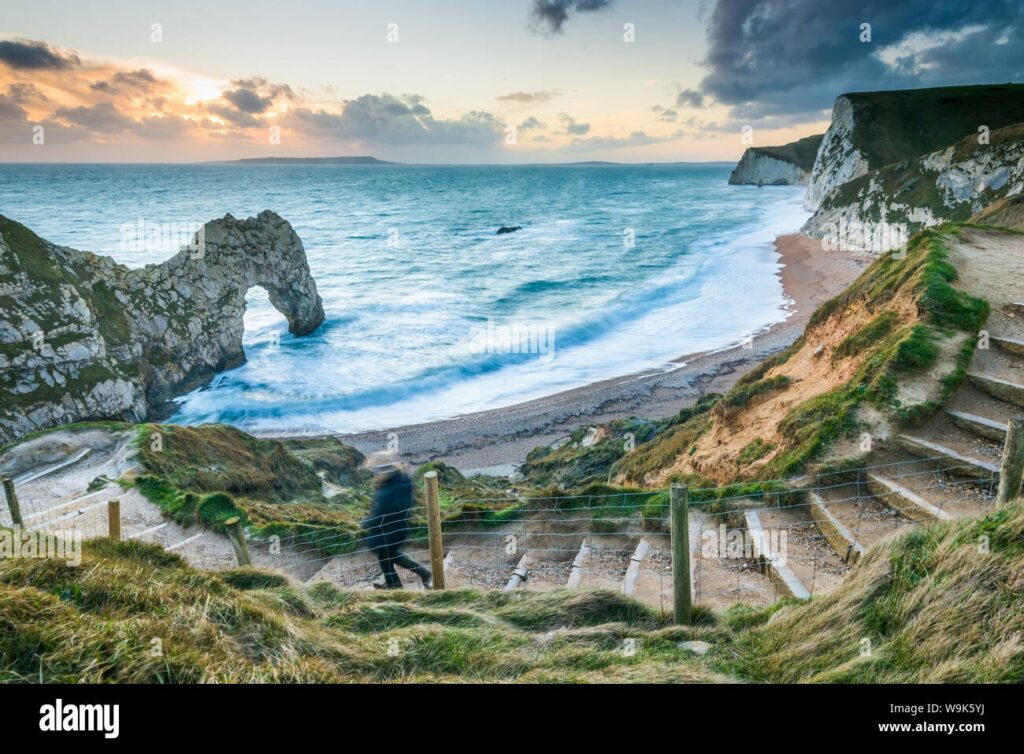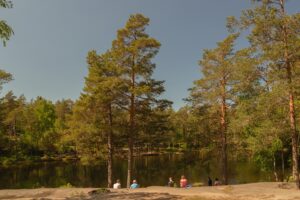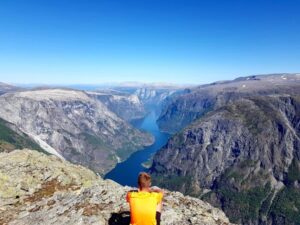The Jurassic Coast: A UNESCO World Heritage Site
The Jurassic Coast, stretching over 95 miles from East Devon to Dorset in southern England, is a breathtaking natural wonder that offers a unique glimpse into Earth’s ancient past. This UNESCO World Heritage Site is renowned for its stunning landscapes, rich geological history, and diverse wildlife. Whether you’re a geology enthusiast, a nature lover, or simply seeking a picturesque escape, the Jurassic Coast has something for everyone.
What to See
The Jurassic Coast is a treasure trove of natural beauty and geological marvels. One of the most iconic landmarks is Durdle Door, a natural limestone arch that juts out into the sea, offering a perfect photo opportunity. Nearby, Lulworth Cove is a picturesque bay with crystal-clear waters, ideal for a leisurely stroll or a refreshing swim.
For fossil hunters, Charmouth Beach is a must-visit. This beach is famous for its abundance of fossils, particularly ammonites and ichthyosaurs, which can be found along the shoreline. The Lyme Regis Museum offers guided fossil walks, providing insights into the area’s prehistoric past.
The dramatic cliffs of Old Harry Rocks, located at the eastern end of the Jurassic Coast, offer stunning views and are a popular spot for hiking. The South West Coast Path runs along the entire length of the coast, providing ample opportunities for walking and exploring.
A Bit of History and Interesting Facts
The Jurassic Coast gets its name from the geological period known as the Jurassic, which spanned from about 201 to 145 million years ago. The cliffs and rock formations along the coast reveal a continuous sequence of rock layers, representing 185 million years of Earth’s history. This makes it one of the most significant geological sites in the world.
The area has been a hotspot for fossil discoveries since the early 19th century. Mary Anning, a pioneering paleontologist from Lyme Regis, made several groundbreaking discoveries here, including the first complete ichthyosaur skeleton. Her work laid the foundation for the field of paleontology.
An interesting fact about the Jurassic Coast is that it is constantly changing due to natural erosion processes. This means that new fossils are continually being exposed, making each visit a unique experience.
How to Get There and Tips for First-Time Visitors
The Jurassic Coast is easily accessible by car, train, or bus. If you’re driving, the A35 road runs parallel to much of the coast, providing convenient access to various points of interest. For those using public transport, the South Western Railway offers services to key towns like Weymouth, Dorchester, and Axminster, from where local buses can take you to the coast.
For first-time visitors, it’s advisable to plan your visit around the tides, especially if you’re interested in fossil hunting. Low tide is the best time to explore the beaches and search for fossils. Be sure to wear sturdy footwear, as the terrain can be uneven and slippery.
Accommodation options range from charming bed and breakfasts to campsites and holiday cottages. Booking in advance is recommended, especially during peak tourist seasons.
The Jurassic Coast is a haven for outdoor enthusiasts, so don’t forget to pack sunscreen, a hat, and plenty of water. Whether you’re hiking the coastal paths or relaxing on the beach, the natural beauty of the area is sure to leave a lasting impression.








